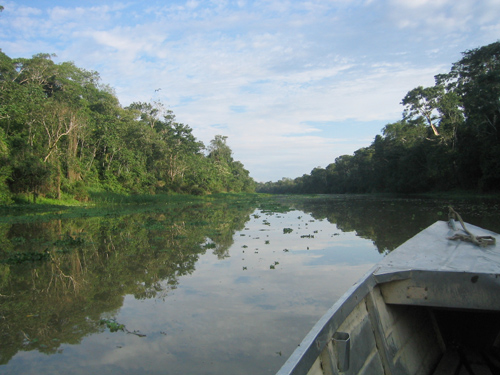
There are at least 158 dams in the Amazon basin, with 351 more in development. Each project has its own environmental drawbacks and economic advantages, but those impacts are compounded across the region. If the eight Amazon countries had coordinated their existing dam network, the region could have four times more hydropower without sacrificing any more river connectivity.
That’s based on a new study that used artificial intelligence to show the damages of uncoordinated dam placement in the Amazon. The research was recently published in Science, one of the top research publications in the world, and included two APU faculty – Assistant Professor Erin Larson and FAST Lab Affiliate Faculty Suresh Sethi – among its coauthors.
Larson researched the effects of dams on the Amazon’s fish diversity, while Sethi focused on river connectivity and regulation. Other research teams looked into the impacts on river flow, sediment transport, and greenhouse gas emissions. Computer scientists at Cornell University used the data to quantify the effects of existing dams and create an AI program to recommend or discourage future hydropower projects.
“AI is being used by Wall Street, by social media, for all kinds of purposes,” said Carla Gomes, a computer scientist at Cornell University. “Why not use AI to tackle serious problems like sustainability?”
The AI program can determine where future dams will generate the most power with the least environmental impact. The research could be applied anywhere, said Larson, including on smaller projects in Alaska like culverts.
Thankfully, there aren’t many major dam projects under consideration up here in Alaska. “We’re lucky in a lot of ways to live in a place with so many free-flowing rivers,” Larson said.
